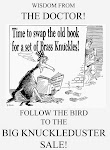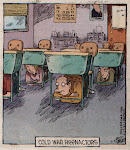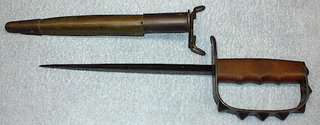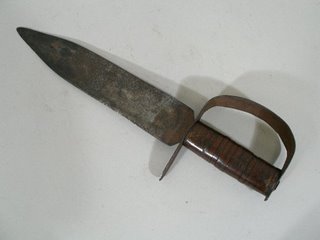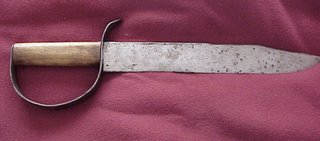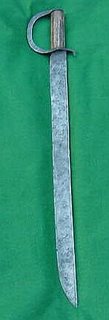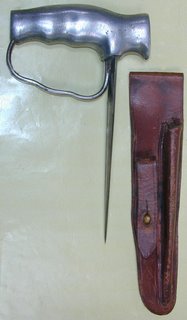 Early in the Jackie Gleason of wars ("The Great One") the higher echelons of all armies involved had a tough time adjusting to the realities. They remained convinced that the next concentrated infantry charge would break through the line and the glorious cavalry would exploit the opening and all would be rosy.
Early in the Jackie Gleason of wars ("The Great One") the higher echelons of all armies involved had a tough time adjusting to the realities. They remained convinced that the next concentrated infantry charge would break through the line and the glorious cavalry would exploit the opening and all would be rosy.The poor groundpounders on the French, Belgian and British side were left to pointlessly charge the entrenched machine guns of the Germans time after futile time while the defenders, at the limit of their initial attacks and with nowhere to go but backwards, remained on the defensive - and - in possession of the high ground. In the midst of the admirable obedience and loyalty of the attacking troops, the boys on the ground improvised and what resulted, among other things, was the trench knife.
.

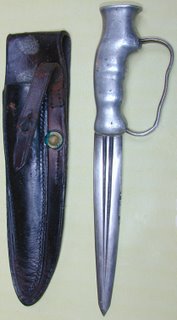
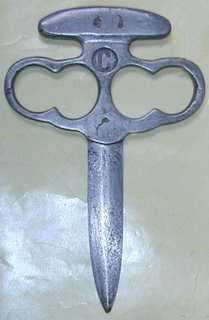 My belief is that they were intended as raiding weapons. The practice of stealthy, nighttime incursions into the German lines was originated, very early in the war, by the Commonwealth armies. Some believe the Canadians started it based on their experiences with the Indians back home. Others think it was other Indians from the other side of the world who first tried it. The practice is thought to have been a favored terror tactic of tribal fighting on the Indian subcontinent. The whole idea horrified the continental armies. The French grudgingly took it up as did the Axis troops, if only in self-defense. While the rationale was ostensibly to gather intelligence, the British high command whole-heartedly embraced raiding as a way to maintain "the fighting spirit" and to show the Jerry's who dominated no-man's-land, and that, in fact the British line began at the German wire.
My belief is that they were intended as raiding weapons. The practice of stealthy, nighttime incursions into the German lines was originated, very early in the war, by the Commonwealth armies. Some believe the Canadians started it based on their experiences with the Indians back home. Others think it was other Indians from the other side of the world who first tried it. The practice is thought to have been a favored terror tactic of tribal fighting on the Indian subcontinent. The whole idea horrified the continental armies. The French grudgingly took it up as did the Axis troops, if only in self-defense. While the rationale was ostensibly to gather intelligence, the British high command whole-heartedly embraced raiding as a way to maintain "the fighting spirit" and to show the Jerry's who dominated no-man's-land, and that, in fact the British line began at the German wire.Back to the knives. They are bash and slash weapons. They require absolutely no finesse in their use. They seem to be something that as long as the knife is in one's hand, one could flail away willy-nilly and anyone in the way would get hurt. I suspect they evolved as something to carry in the idle hand, the dominant one being occupied with a revolver in the case of officers or the "cosh" or club favored by the ranks.
All that being said, I'll cease prattling and leave you with the pictures, all examples of the work of Robbins of Dudley with the exception of the last. This knife is "attributed to R of D but no one has ever explained the letter "C" in the middle of it. Robbins made a verifiable knife which was very similar but much more elegant.
